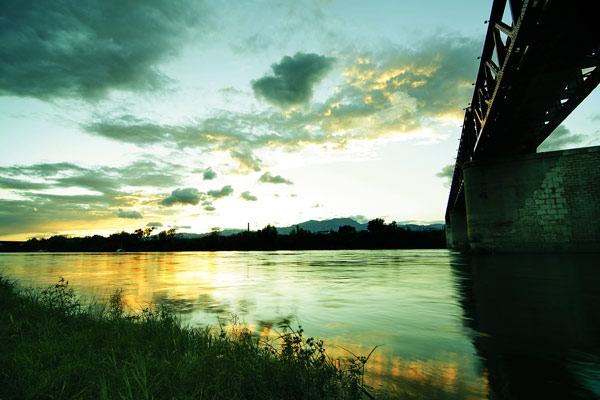

Brushing away the remaining darkness takes some practice, and it's always better to start off with a smaller opacity number in my opinion. I always start with a low opacity number such as 25 or 30, then work my way down so that the transition from light to dark is gradual and smooth. Lastly, I'll select the brush tool and brush away remaining black or darkness until certain parts of the image look the way I want them to. You can experiment by redoing and undoing the adjustment to see what I mean and until you achieve the look you're going for. One thing to take note of before actually using the gradient tool is that the longer you pull the line away from the initial click, the more intense the effect will be. I'll look for the part of the image I'm hoping to emphasize the most in this case, it's the snow-covered mountain in the background on the right. I also usually leave the opacity on 100 percent, but this always depends on the image and the overall effect I'm aiming to create.Īfter getting my settings dialed in, I'll put the gradient adjustment into effect. This gives the desired effect I'm looking for, although there are four other choices that can be experimented with.

When doing so, I make sure to have the gradient's spectrum go from black to white, and I also select the "radial" gradient option at the top bar.

Next, I'll create a gradient adjustment on the very same layer. This creates drastic contrast and really accentuates the bright and dark areas in the image. First, I'll create another curve adjustment layer and move the sliders so they appear as such. After making more slight adjustments to the file using curves as well as dodging and burning, I'm ready for the final trick and tools. Once I've completed my initial Lightroom edits, I'll then export the file to Photoshop. Some of these adjustments include using the exposure, contrast, saturation, vibrancy, clarity, sharpening, white, black, shadows, and highlight sliders, as well as cropping and slight vignetting.

Once I transfer the files to my computer, I'll bring the image into Lightroom to make initial, basic adjustments that suit my taste and style. I introduce a layer of black or darkness, then brush away the darkness to emphasis certain parts of an image in order to (hopefully) move the viewer's eye in a certain direction across it.įirst, I'll always start with a raw image I shot in the field. The easiest way to explain the trick is that it is essentially creating and controlling my own vignette. Though, if you like creating light and airy images, perhaps they could still be useful when editing your own images. I think these tools and tricks help me get to that end goal. My personal style I gravitate toward when creating photographs is that of extremely dramatic contrast in color and light. Before I introduce the one trick I always use when editing landscape images, it should be noted that it may not work for every person's style.


 0 kommentar(er)
0 kommentar(er)
